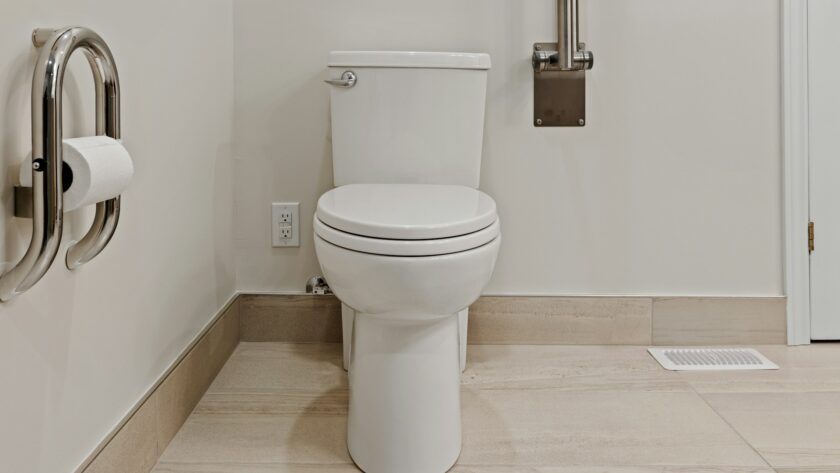You’ve noticed your toilet isn’t functioning as well as it used to. The flush isn’t as strong. You have to jiggle the handle to stop it from constantly running. Worse, it clogs frequently, requiring a plunger to clear it. You’re wondering, “Is it time to replace my toilet?” Here are some of the signs from a Kansas City plumbing professional indicating your toilet needs replacing, steps to upgrade it affordably, and tips for choosing a new high-efficiency model.
It’s Getting Up There in Years
The average lifespan of a toilet is 20 to 30 years. If your toilet is older than this, it’s probably nearing the end of its usefulness. Outdated toilets are inefficient, requiring over 3 gallons per flush and sometimes multiple flushes to clear the bowl. New high-efficiency models use under 1.3 gallons per flush while thoroughly evacuating waste. Replacing an antiquated toilet with a contemporary water-saving option pays dividends for your utility bills and the environment.
You Have Ongoing Clogs
Today’s low-flow toilets are designed to prevent clogs far better than vintage models. They create a faster, more powerful siphon during flushing to thoroughly clear waste without the need for extra water. If you find yourself constantly fighting toilet clogs in spite of regular cleaning, your toilet may have substandard flushing capabilities. This issue typically worsens with age. Installing a new high-performance toilet can help banish clogs for years.
You Notice Constant Leaks
Toilets have a water seal at their base called a trapway. Over time, minerals in water can cause this seal to break down and leak. You’ll notice water pooling around the base, increased moisture on the floor, higher utility bills, and possibly mold. If you can’t stop persistent leaks at the base by replacing toilet gaskets, it likely signifies whole-toilet failure. Other difficult-to-stop leaks around the tank also indicate your toilet is beyond simple repairs. At that point replacement is the most sensible and cost-effective option. New toilets come with watertight tank equipment and durable trapway seals built to last years without leaking.
Finding an Affordable Replacement Toilet
If you don’t relish paying top dollar for a fancy designer toilet, inexpensive yet high functioning options are out there. Home improvement stores sell reliable low-flow toilets for under $200 that come with warranties. Some environmentally conscious organizations and utilities offer toilet rebates of $50 to $200 when you replace a highly inefficient model from 1994 or earlier with an approved high-efficiency model. Contact your local utilities to ask about current rebates or vouchers in your area.
What to Look for in a New Toilet
When shopping for your toilet replacement, seek out WaterSense certified models. The EPA certifies toilets with this label as high-performance fixtures conserving 20% more water than standard 1.6 gallon per flush units. Focus your shopping on efficient WaterSense approved options rated for bulk waste removal. It’s also wise to coordinate the style of your new toilet with other bathroom fixtures. Give preference to contemporary low-profile toilets taking up less visual space if your bathroom has modern elements. Or select a two-piece toilet with a separate tank and bowl for fitting in tighter spaces.
For a smooth toilet installation process, consider hiring a professional plumber. Their expertise ensures your new toilet is perfectly fitted and sealed to the floor without any leaks or stability issues. Sit back and let an experienced technician handle this crucial step. Either way, say goodbye to toilet troubles and start being able to handle your business without any issues.




